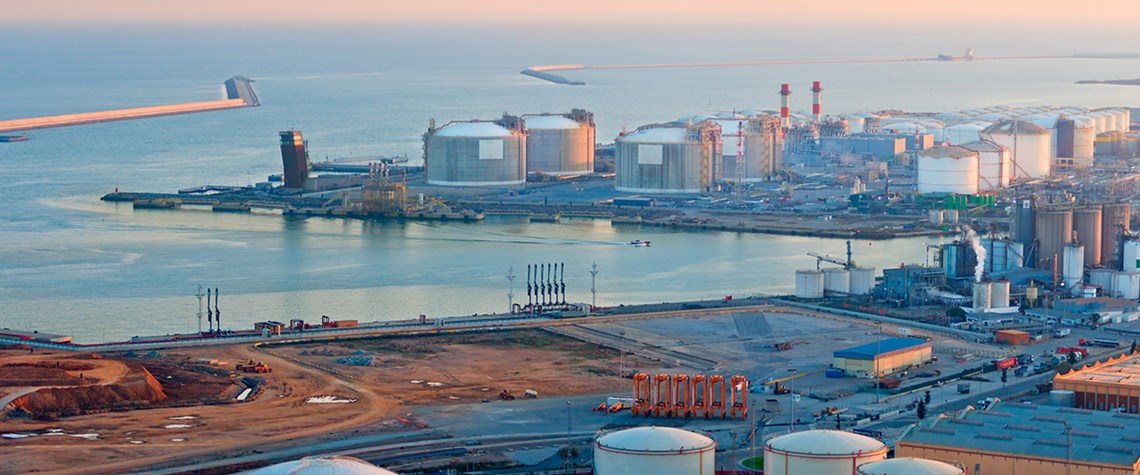LNG demand to rise, but supply in question
There's a glut now, but future demand growth can support huge export capacity increases—if the massive investment needed is forthcoming
Nameplate export capacity for liquefied natural gas around the world reached around 290m tonnes a year by end-2017, with around 60m t/y of that added since early 2016. Around 40m t/y extra is planned for this year and about the same again next year. These are impressive stats, but they're largely the product of investment before 2014, when the oil price crash, the growing likelihood of US LNG exports and sluggish short-term demand growth turned off the funding taps for big non-US projects. Capacity additions scheduled to come on stream in 2020 are well below 5m t/y. If industry forecasts are to be believed, LNG capacity will need to double from current levels over the next 15-20 years to kee

Also in this section
22 July 2025
The gas-hungry sector is set for rapid growth, and oil majors and some of the world’s largest LNG firms are investing in ammonia production and export facilities, though much depends on regulatory support
22 July 2025
Next year’s WPC Energy Congress taking place in April in Riyadh, Saudi Arabia will continue to promote the role of women in the energy sector, with a number of events focusing on the issue.
22 July 2025
Pedro Miras is the serving President of WPC Energy for the current cycle which will culminate with the 25th WPC Energy Congress in Riyadh, Saudi Arabia in April 2026. He has over 30 years of experience in the energy sector, including stints with Repsol and the IEA. Here he talks to Petroleum Economist about the challenges and opportunities the global energy sector currently faces.
17 July 2025
US downstream sector in key state feels the pain of high costs, an environmental squeeze and the effects of broader market trends








